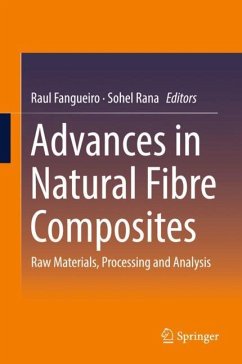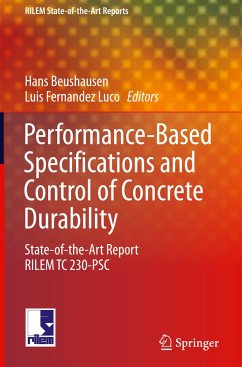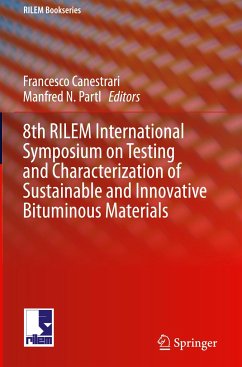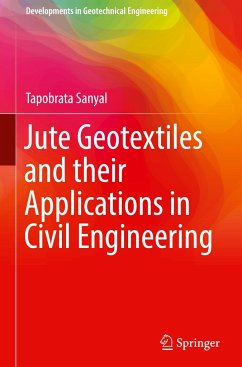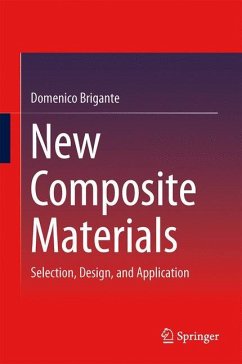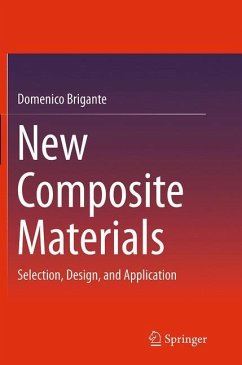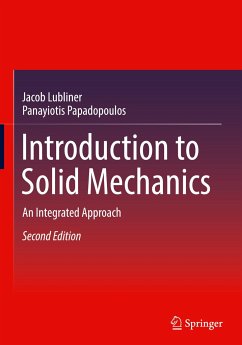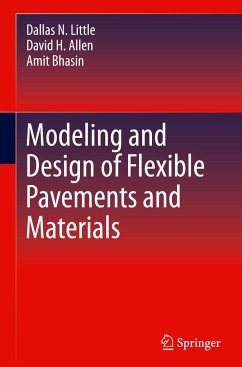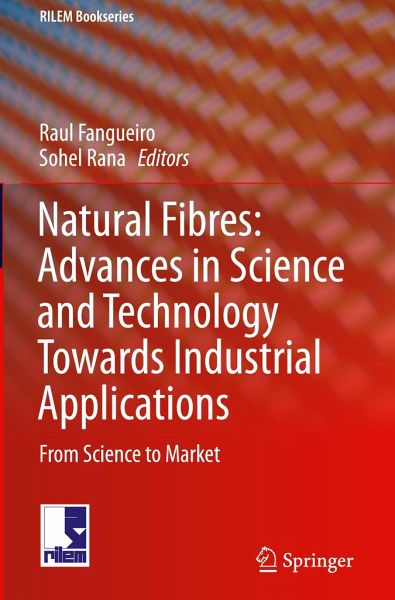
Natural Fibres: Advances in Science and Technology Towards Industrial Applications
From Science to Market
Herausgegeben: Fangueiro, Raul; Rana, Sohel

PAYBACK Punkte
38 °P sammeln!
This book collects selected high quality articles submitted to the 2nd International Conference on Natural Fibers (ICNF2015). A wide range of topics is covered related to various aspects of natural fibres such as agriculture, extraction and processing, surface modification and functionalization, advanced structures, nano fibres, composites and nanocomposites, design and product development, applications, market potential, and environmental impact. Divided into separate sections on these various topics, the book presents the latest high quality research work addressing different approaches and ...
This book collects selected high quality articles submitted to the 2nd International Conference on Natural Fibers (ICNF2015). A wide range of topics is covered related to various aspects of natural fibres such as agriculture, extraction and processing, surface modification and functionalization, advanced structures, nano fibres, composites and nanocomposites, design and product development, applications, market potential, and environmental impact. Divided into separate sections on these various topics, the book presents the latest high quality research work addressing different approaches and techniques to improve processing, performance, functionalities and cost-effectiveness of natural fibre and natural based products, in order to promote their applications in various advanced technical sectors.
This book is a useful source of information for materials scientists, teachers and students from various disciplines as well as for R& D staff in industries using natural fibre based materials.
This book is a useful source of information for materials scientists, teachers and students from various disciplines as well as for R& D staff in industries using natural fibre based materials.



